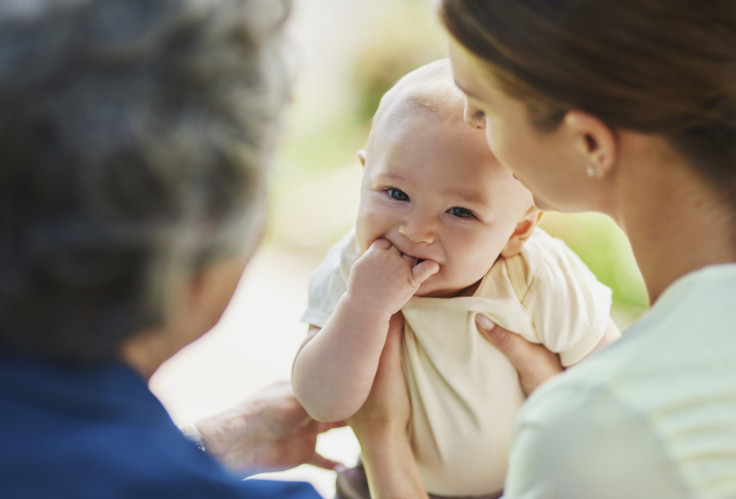Our genes influence when and how many children we have
Twelve areas of the genome have been tied to reproductive behaviour.

The age you have your first child and the size of your family may be explained in part by your genes, scientists have found out. A total of 12 areas of the genome were identified as related to reproductive behaviour.
How many children women have, and at what age are questions that are typically explained by looking at socio-economic factors. Personal choices and social circumstances are thought to be the main determinants of reproductive behaviours.
In recent decades, the trend in recent countries has been 'birth postponement' – the age at which parents had their first child has increased since the 1970s by four to six years. This is accompanied by higher levels of childlessness in women.
The phenomenon has largely been explained by social, economic and cultural factors, with no attempt to understand if there was a genetic underpinning to reproductive behaviour. In the study published in the journal Nature Genetics, the scientists have studied a large population sample to see if reproductive behaviour could be observed in people's genes.
Human reproductive behaviour is the generic to describe behaviour characterised by two factors: the age of parents at first birth and number of children ever born.
Finding the loci
The research, led by the University of Oxford, is based on an analysis of 62 datasets with data from 238,064 men and women for age at first birth, and almost 330,000 men and women for the number of children.
This is the largest genome-wide association study on human reproduction to date, and it identifies 12 independent loci that were significantly associated with the age of the parent at the birth of the first child and with the size of the family.
The researchers also find that these areas of the genome are also tied to other characteristics reflecting reproduction and sexual development, such as the age at which girls have their first period, when the voice breaks in boys, and at what stage women experience their menopause. Out of the 12 loci, 10 had not previously linked to sexual development.
"For the first time, we now know where to find the DNA areas linked to reproductive behaviour. For example, we found that women with DNA variants for postponing parenthood also have bits of DNA code associated with later onset of menstruation and later menopause. One day it may be possible to use this information so doctors can answer the important question: "How late can you wait?" based on the DNA variants", lead author Melinda Mills says.
Improving fertility treatments
The study also points out that the 12 genetic loci combined only explain around 1 % of the variability in the average age at which someone has their first baby and around 0.2% of the variability of the number of children. While this may seem low, the scientists say that in some cases, when the variants are combined, it can be a strong predictor of whether a woman is likely to remain childless.
According to the authors, the findings have the potential on the long term to improve fertility treatments as it offers a better understanding of the genetic architecture of human reproductive behaviour.
"It has the potential to enable the discovery of predictors of infertility, which would in turn greatly improve family planning but also increase the effectiveness of costly and invasive treatments as well as allow couples to realise their fertility intentions", Mills says.
© Copyright IBTimes 2024. All rights reserved.






